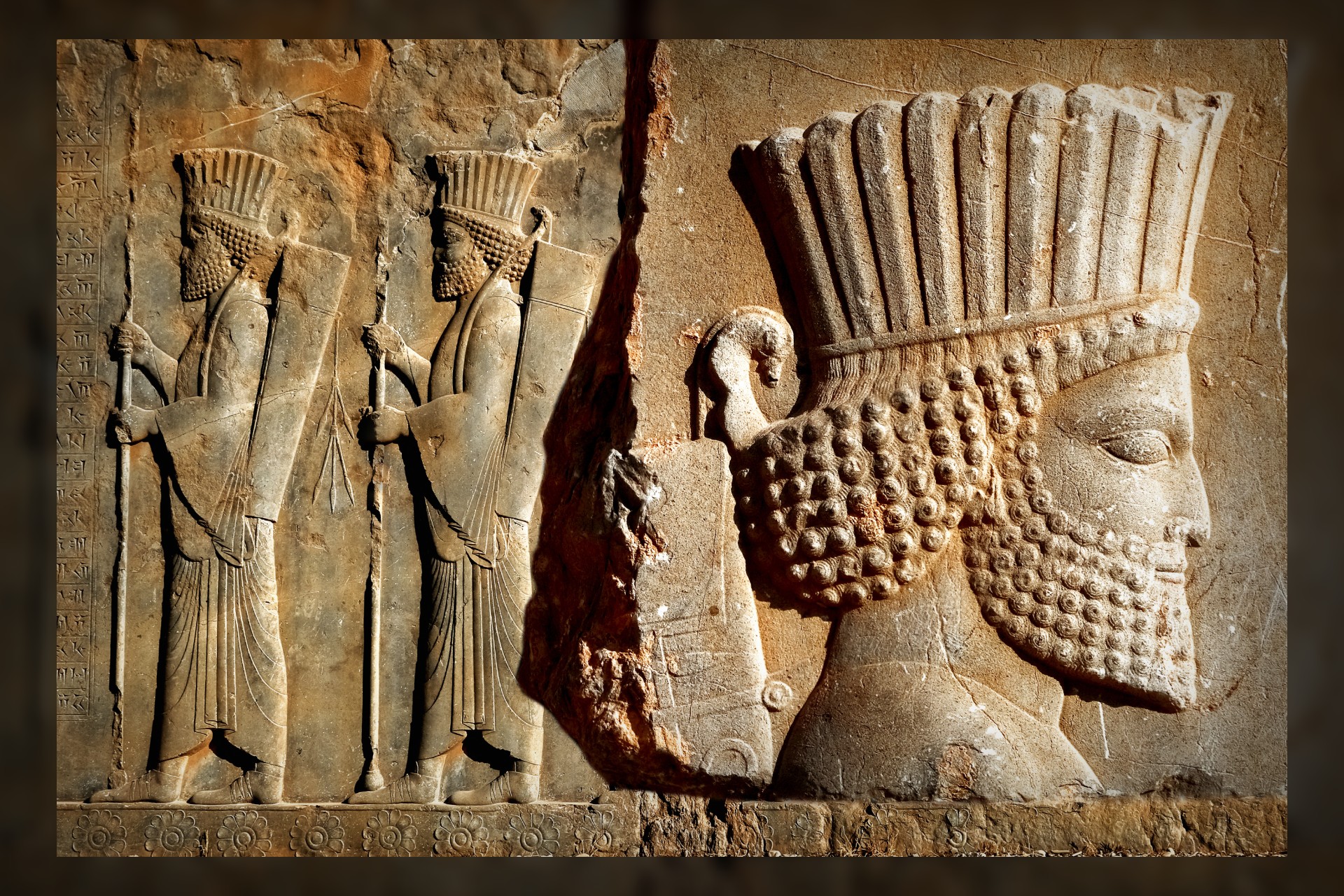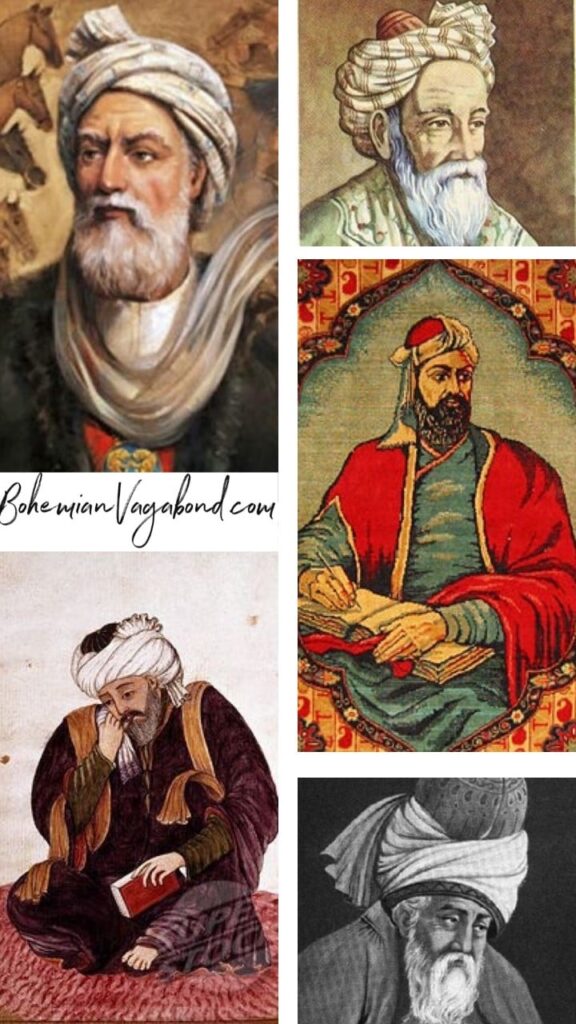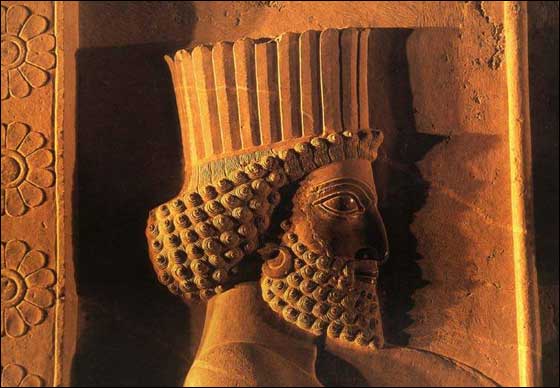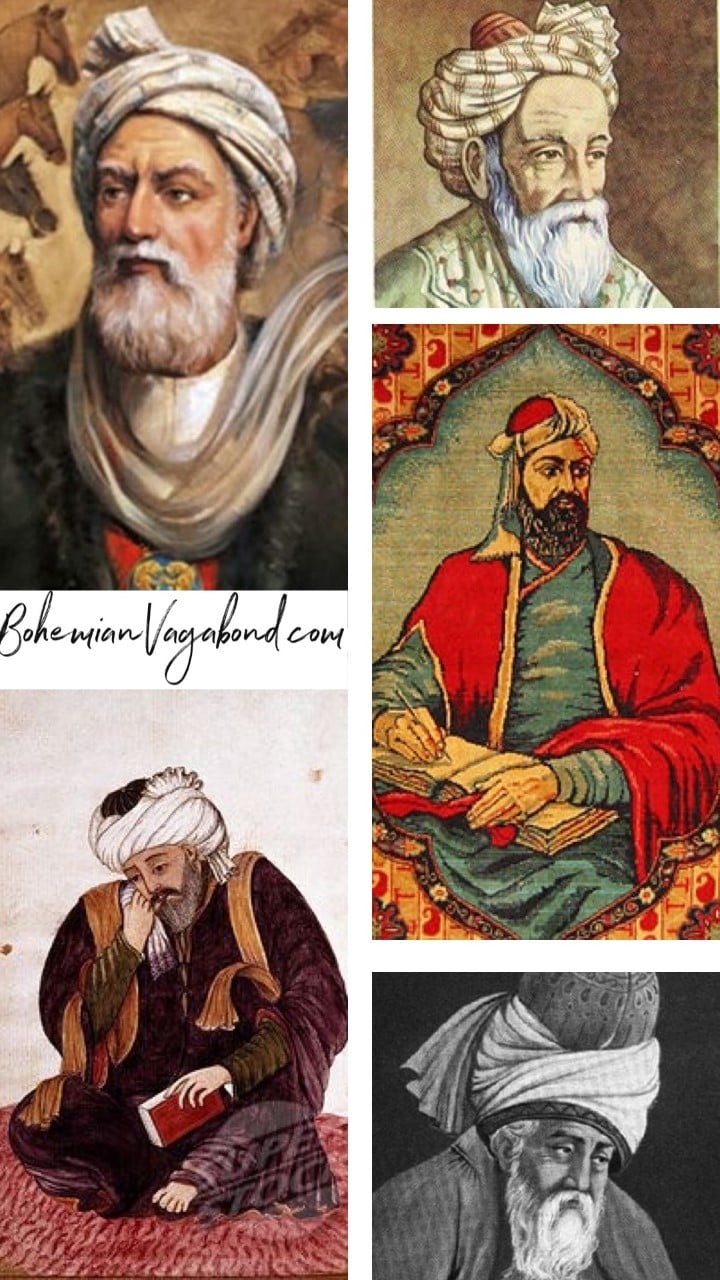Do you love Persian cats as much as I do? I have a blog dedicated to these furry felines, where I share all sorts of interesting and informative content about them. From their adorable appearance to their unique personalities, there’s so much to learn and discover about Persian cats! I’m always looking for new and exciting topics to write about, ones that will capture the interest of my readers. So, if you could help me out by providing a list of 200 relevant topics, it would be greatly appreciated. I want to make sure that my blog posts are not only reliable sources of information, but also something that people will genuinely enjoy reading.
From the history of Persian cats to their behavior and care, there are endless possibilities for interesting blog posts. In my articles, I aim to cover various aspects of owning and understanding these beautiful creatures. I want to dive deep into their origins, their role in different cultures throughout history, and their importance as pets in the modern world. By exploring these topics, I hope to educate and entertain my readers, while also creating a space for discussion and sharing experiences. So, stay tuned for more engaging posts on my website, and don’t forget to check out the 10 question and answers at the end of each post, addressing the most common inquiries people have about Persian cats.
Famous Persians Throughout History
Throughout history, Persians have played a significant role in shaping various fields, including politics, art, literature, science, and philosophy. Their contributions have left a lasting impact, and their names continue to be revered even today. In this article, we will explore the lives and achievements of some of the most famous Persians throughout history.

Ancient Persians
The Achaemenid Empire
The Achaemenid Empire, founded by Cyrus the Great, was one of the most powerful ancient empires. Cyrus the Great was known for his tolerance, establishing the first human rights charter. Under his rule, the empire expanded significantly, encompassing a diverse range of cultures and civilizations.
The Parthian Empire
The Parthian Empire emerged after the fall of the Seleucid Empire and was established by Arsaces I. This empire was known for its formidable cavalry and skillful archers. It played a vital role in the cultural and economic exchange between East and West.
The Sassanian Empire
The Sassanian Empire, founded by Ardashir I, was the last pre-Islamic Persian empire. This empire is known for its advancements in various fields, including architecture, art, and literature. The Sassanian kings were great patrons of the arts, and their empire witnessed a flourishing of Persian culture.
Persian Intellectuals and Thinkers
Avicenna
Avicenna, also known as Ibn Sina, was a Persian polymath who made significant contributions to various fields, including medicine, philosophy, and astronomy. His book, “The Canon of Medicine,” became a standard medical text in Europe and the Islamic world.
Al-Farabi
Al-Farabi was a Persian philosopher and scholar who made important contributions to the fields of philosophy, logic, and political science. He is considered a significant figure in the Islamic golden age and is known for his work on ethics and political philosophy.
Omar Khayyam
Omar Khayyam was a Persian mathematician, astronomer, and poet. He is best known for his work on algebra and his collection of poems known as the Rubaiyat. His poetic verses continue to be widely read and appreciated for their philosophical depth and lyrical beauty.

Persian Poets and Writers
Rumi
Rumi, also known as Jalal ad-Din Muhammad Rumi, was a Persian poet and mystic. His poetry is revered for its spiritual depth and has had a profound influence on Persian literature and Sufism. His works, such as the Masnavi and the Divan-e Shams, continue to be cherished and translated into various languages.
Hafez
Hafez, or Khwaja Shams-ud-Dīn Muhammad Hafez-e Shirazi, was a Persian poet known for his ghazals. His poetry explores themes of love, spirituality, and mysticism. Hafez’s verses are revered for their profound insights and timeless beauty.
Saadi
Saadi, or Abu-Muhammad Muslih al-Din bin Abdallah Shirazi, was a Persian poet and writer. His most famous work, “Gulistan” (The Rose Garden), is a collection of poems and stories that offer moral and practical lessons. Saadi’s writings reflect his deep understanding of human nature and his compassionate worldview.
Persian Artists and Architects
Abbas the Great
Abbas the Great, also known as Shah Abbas I, was a Persian ruler of the Safavid dynasty. He is known for his efforts to revitalize Persian culture, particularly in the field of architecture. The construction of monumental buildings, such as the exquisite Sheikh Lotfollah Mosque in Isfahan, is attributed to his patronage.
Azadeh Ansari
Azadeh Ansari is a contemporary Persian artist known for her vibrant and expressive paintings. Her works often explore themes of identity, women’s rights, and the challenges faced by individuals in society. Ansari’s paintings have been exhibited globally and have received critical acclaim.
Mohammad Ghaffari (Kamal-ol-Molk)
Mohammad Ghaffari, better known as Kamal-ol-Molk, was a renowned Persian painter during the Qajar dynasty. He is considered one of the pioneers of modern Persian painting. His works often depicted court life, landscapes, and portraits, showcasing his mastery of light and color.
Ali-Akbar Dehkhoda
Ali-Akbar Dehkhoda was a Persian lexicographer and linguist. He is recognized for his monumental work, the “Dehkhoda Dictionary,” which is considered the most comprehensive Persian dictionary. Dehkhoda’s contributions to Persian language and culture are highly regarded.

Persian Musicians and Composers
Mohammad Reza Shajarian
Mohammad Reza Shajarian was a legendary Persian classical singer and composer. He is known for his soulful voice and his dedication to preserving and promoting Persian traditional music. Shajarian’s renditions of Persian classical songs continue to inspire generations of musicians and music lovers.
Kayhan Kalhor
Kayhan Kalhor is a virtuoso Persian kamancheh (spike fiddle) player and composer. He is known for his improvisational skills and his collaborations with musicians from diverse cultural backgrounds. Kalhor’s music blends Persian classical traditions with elements of jazz, world music, and contemporary compositions.
Googoosh
Googoosh, born Faegheh Atashin, is a Persian singer and actress. She rose to fame in the 1970s and became an iconic figure in Persian pop music. Googoosh’s powerful voice, charismatic stage presence, and enduring popularity have made her a beloved figure among Persian music enthusiasts.
Persian Scientists and Inventors
Muhammad ibn Zakariya al-Razi
Muhammad ibn Zakariya al-Razi, commonly known as Rhazes, was a Persian polymath who made significant contributions to medicine, alchemy, and philosophy. He is considered one of the greatest physicians of the Islamic golden age and is known for his pioneering work in the field of clinical observation and pharmacology.
Al-Khwarizmi
Al-Khwarizmi, whose name gave us the term “algorithm,” was a Persian mathematician and astronomer. He made significant advancements in algebra and introduced Hindu-Arabic numerals to the Islamic world, which eventually spread to Europe and became the standard numerical system.
Ibn Sina
Ibn Sina, also known as Avicenna, was mentioned earlier in the article as an influential thinker. Besides his contributions to philosophy and astronomy, Ibn Sina also made important advancements in medicine. His book, “The Canon of Medicine,” became a standard medical text across Europe and the Islamic world.

Persian Leaders and Monarchs
Cyrus the Great
Cyrus the Great, the founder of the Achaemenid Empire, was a significant figure in Persian history. Known for his benevolent rule and respect for human rights, he established the first human rights charter known as the Cyrus Cylinder. His empire spanned from the Mediterranean Sea to Asia, leaving a lasting impact on the regions it encompassed.
Darius the Great
Darius the Great, the third Achaemenid king, is known for his administrative and architectural achievements. He organized and expanded the empire, establishing a system of governance and infrastructure that allowed for economic prosperity. Darius’ construction of monumental buildings, such as the Persepolis complex, showcases his grand vision and appreciation for art.
Xerxes the Great
Xerxes the Great, son of Darius the Great, was a Persian king who ruled during the peak of the Achaemenid Empire. He is known for his ambitious military campaigns, including the invasion of Greece. Xerxes’ reign witnessed significant growth and cultural exchange within the empire.
Artaxerxes I
Artaxerxes I, the fifth Achaemenid king, ruled with a focus on maintaining stability within the empire. He is known for his diplomatic skills and peacemaking efforts, which allowed the empire to flourish during his reign. Artaxerxes I played a crucial role in political and social reforms.
Persian Philosophers and Scholars
Mulla Sadra
Mulla Sadra, born Sadr al-Din Muhammad Shirazi, was a Persian philosopher and mystic. He was a prominent figure in the Islamic philosophical tradition of Transcendent Theosophy. Mulla Sadra’s innovative ideas, particularly his concept of “Existential Unity,” continue to inspire scholars and philosophers.
Mirza Ghulam Ahmad
Mirza Ghulam Ahmad, the founder of the Ahmadiyya Muslim Community, was a Persian religious leader and philosopher. He claimed to be the Messiah prophesied in various religious traditions and sought to unite people through his teachings of peaceful coexistence and interfaith dialogue.
Seyyed Hossein Nasr
Seyyed Hossein Nasr is a contemporary Persian philosopher and scholar who has made significant contributions to the fields of philosophy, religion, and mysticism. He is known for his writings on Islamic philosophy and his efforts to bridge the gap between Eastern and Western thought.

Persian Warriors and Military Commanders
Bahram Chobin
Bahram Chobin, also known as Bahram the Commander, was a Sassanian military leader. He played a crucial role in the defense and stability of the Sassanian Empire. Bahram Chobin is remembered for his military skills and his efforts to preserve Persian culture and traditions.
Rostam
Rostam, a legendary Persian hero in Shahnameh (Book of Kings), is celebrated for his courage, strength, and loyalty. His mythical adventures and battles against mythical creatures have become an integral part of Persian folklore, representing the virtues of bravery and honor.
Rostam Farrokhzad
Rostam Farrokhzad was a Sassanian military commander known for his bravery and tactical skills. He is remembered for his role in various battles during the Sassanian Empire’s conflicts with the Byzantine Empire. Rostam Farrokhzad’s leadership qualities and military achievements continue to be admired.
Persian Female Figures
Shirin Ebadi
Shirin Ebadi, an Iranian lawyer and human rights activist, became the first Muslim woman to receive the Nobel Peace Prize. She has been a vocal advocate for women’s and children’s rights in Iran and has worked tirelessly to promote democracy and justice.
Forough Farrokhzad
Forough Farrokhzad was a prominent Persian poet and filmmaker. Her poetry challenged societal norms and explored themes of love, relationships, and female liberation. Farrokhzad’s groundbreaking work continues to inspire poets and feminists.
Simin Behbahani
Simin Behbahani, known as the “Lioness of Iran,” was a Persian poet and activist. Her poetry addressed social and political issues, and she was an outspoken advocate for women’s rights in Iran. Behbahani’s powerful verses continue to resonate with readers and inspire change.
Persian Mathematicians
Sharaf al-Dīn al-Tūsī
Sharaf al-Dīn al-Tūsī was a Persian mathematician, astronomer, and theologian. He made significant contributions to various branches of mathematics, including geometry and trigonometry. Al-Tūsī’s mathematical works influenced later mathematicians and played a role in the development of algebra.
Ghiyath al-Din Jamshid Kashani
Ghiyath al-Din Jamshid Kashani, also known as Kamal al-Din al-Farsi, was a Persian mathematician and astronomer. He is known for his contributions to the field of trigonometry, particularly his work on spherical trigonometry. His writings played a significant role in the advancement of mathematical knowledge.
Nasir al-Din al-Tusi
Nasir al-Din al-Tusi was a Persian astronomer, mathematician, and philosopher. He made important contributions to astronomy, including the development of the Tusi couple, which allowed for more accurate mathematical models of planetary motion. Al-Tusi’s works had a profound impact on the development of astronomy and trigonometry.
Persian Revolutionaries and Activists
Mossadegh
Mohammad Mossadegh was an Iranian politician and nationalist who served as the Prime Minister of Iran. He is known for his efforts to nationalize Iran’s oil industry, which led to his overthrow in a coup orchestrated by foreign powers. Mossadegh’s nationalist stance continues to inspire political activists.
Shirin Ebadi
Shirin Ebadi, mentioned earlier as a female figure, is also recognized for her role as a revolutionary and human rights activist. Her fearless advocacy for justice and democracy has had a profound impact on Iran’s civil society and has earned her international recognition.
Maryam Rajavi
Maryam Rajavi is the leader of the National Council of Resistance of Iran (NCRI), an opposition group seeking democratic reforms in Iran. She has been an influential figure in advocating for the rights of women and political freedoms in Iran. Rajavi’s leadership has inspired many Iranians in their quest for a more democratic society.
Persian Philosophies and Religions
Zoroastrianism
Zoroastrianism is one of the world’s oldest known religions, originating in ancient Persia. It was founded by the prophet Zoroaster and centers around the worship of Ahura Mazda, the supreme deity. Zoroastrianism’s emphasis on the cosmic struggle between good and evil has influenced various religious and philosophical traditions.
Manichaeism
Manichaeism, founded by the Persian prophet Mani, was a major religion during the late antique period. It encompassed elements of Zoroastrianism, Christianity, and Gnosticism, emphasizing the dualistic nature of the universe. Manichaeism had a profound impact on the development of religious and philosophical thought.
Bábism
Bábism was a religious movement that emerged in 19th-century Persia. It was founded by Sayyed Ali Muhammad Shirazi, known as the Báb. Bábism called for spiritual and social reform, challenging the existing religious and political order in Iran. The movement played a significant role in the development of the Bahá’í Faith.
Conclusion
Persian history is rich with individuals who have left their mark on various fields. From ancient empires to modern thinkers, poets, artists, and musicians, Persians have made significant contributions to the world. Their achievements continue to inspire and shape our understanding of culture, philosophy, and innovation. As we celebrate the legacy of these famous Persians throughout history, their stories serve as a reminder of the diverse and vibrant heritage of Persian culture.
At the end of the post, here are ten common questions and answers about Persian cats:
-
What is the origin of Persian cats?
- Persian cats originated in Persia (modern-day Iran) and were brought to Europe in the 17th century.
-
Are Persian cats good pets?
- Yes, Persian cats are known for their affectionate and gentle nature, making them great companions.
-
Do Persian cats require a lot of grooming?
- Yes, Persian cats have long, thick fur that requires regular grooming to prevent matting and keep their coat healthy.
-
Are Persian cats prone to any health issues?
- Persian cats are more susceptible to certain health issues, including respiratory problems, eye conditions, and dental problems.
-
Are Persian cats good with children?
- Persian cats can be good with children if they are socialized from a young age and treated with care and respect.
-
How long do Persian cats live?
- With proper care and a healthy lifestyle, Persian cats can live for 12 to 15 years or even longer.
-
Do Persian cats require a special diet?
- Persian cats may have specific dietary needs due to their facial structure and potential dental issues. Consult with a veterinarian for appropriate dietary recommendations.
-
Can Persian cats be left alone for long periods?
- Persian cats thrive on human companionship and may not do well if left alone for extended periods. They enjoy the company of their owners and may become stressed if left alone for too long.
-
Are Persian cats hypoallergenic?
- No, Persian cats are not hypoallergenic. Their long fur can carry pet dander, which can trigger allergies in sensitive individuals.
-
Do Persian cats have any specific personality traits?
- Persian cats are known for their calm, gentle, and easy-going nature. They are generally quiet and enjoy a relaxed indoor lifestyle.
